Learn Unity Shaders from Scratch
A complete guide to Unity ShaderLab, URP Shaders, Shader Graph and the HLSL Shading Language
4.45 (476 reviews)
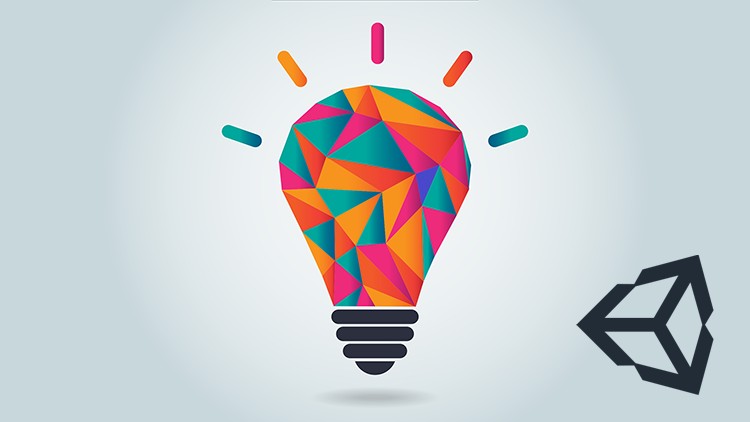
10,202
students
6 hours
content
Mar 2025
last update
$69.99
regular price
What you will learn
The mysteries of writing Unity shaders
You will be gently introduced to how to approach the problem of creating a custom shader.
You will learn the full details of the HLSL shader language.
You will learn to use the Surface Shader syntax to add custom shaders on top of Unity lighting.
You will start with simple unlit 2D shaders and work up to advanced effects such as volumetric shaders and clipping.
Learn to create shaders that work with the Universal Render Pipeline (URP)
Learn to use Shader Graph to create your shaders
Screenshots
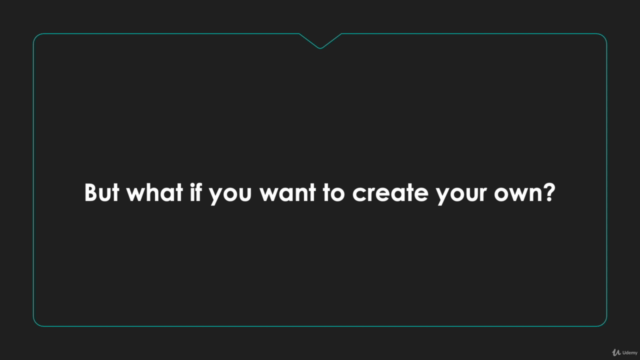
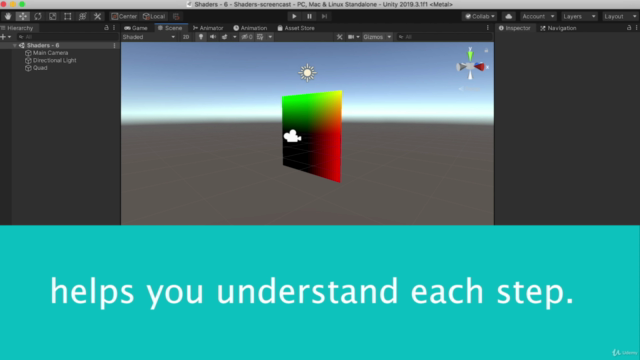
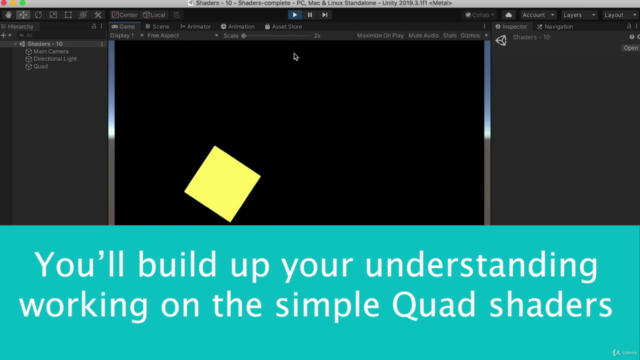
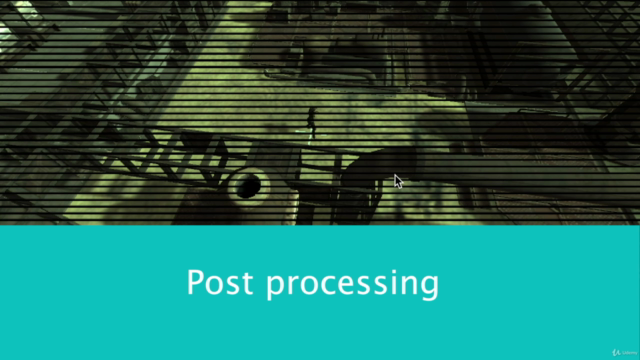
Related Topics
2719674
udemy ID
12/24/2019
course created date
5/22/2020
course indexed date
Bot
course submited by